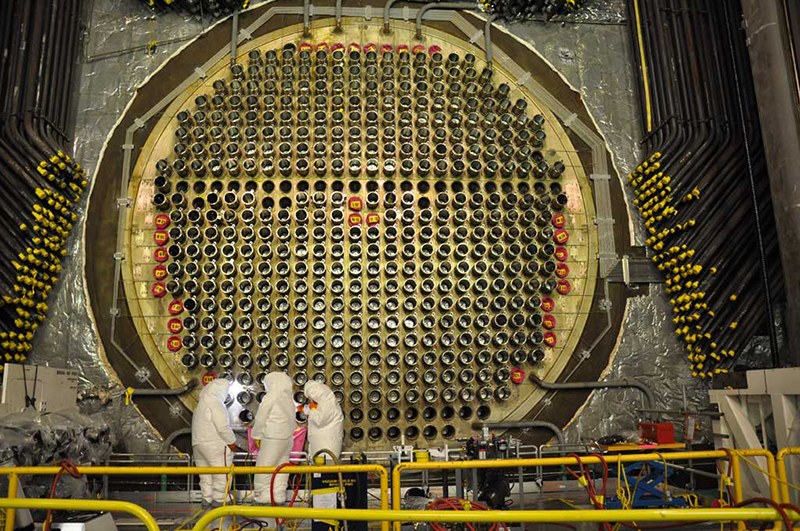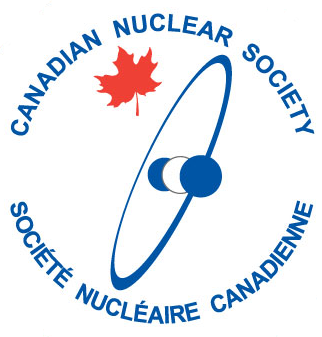Can we learn anything about radioactive waste disposal from the situation in the Ukraine, sure we can but its not what Erika Simpson suggests.

Erika Simpson, a professor of international politics at Western University and frequent author of anti-nuclear articles had an opinion piece published in the Hill Times a few days ago. https://www.hilltimes.com/story/2023/07/06/when-planning-nuclear-waste-sites-in-canada-consider-the-potential-nuclear-crisis-in-ukraine/392019/
It’s behind a paywall and I can’t reproduce it here, but I will try to address the issues that she raises by quoting the relevant pieces.
The title of the article is “When planning nuclear waste sites in Canada, consider Ukraine’s potential nuclear crisis” and concludes with “The answers to these sorts of questions and related consent-based siting processes, should involve all Canadians”.
Doddy Kastanya, the President of CNS, responded with the following letter which we hope they will publish.
When planning nuclear waste sites in Canada, consider Ukraine’s potential nuclear crisis
Erika Simpson will be pleased to hear that the Canadian Nuclear Industry is already doing all the things she suggests in her opinion piece.
In fact, one of the issues that drives Canada’s plan to dispose of used fuel in a Deep Geological Repository is that it will remove it from any risk of being present in a field of war and another is that it is by far the most effective way of ensuring that the water we use is never affected.
Erika can read about these plans on the NWMO’s website where she will find that all her concerns are addressed in full and all her questions are answered. We look forward to her active support for the Deep Geologic Repository project.
Although the natural conclusion from what Erika has written is indeed that people should be supporting the DGR project I don’t think it is what Erika actually wanted to achieve with her article as the rest of it is a mélange of anti-nuclear memes designed, I suspect to make people unnecessarily fearful of nuclear projects. It is a classic in conspiracy theory creation using language to deceive, conflating issues in order to confuse, presenting facts out of context to mislead and in places saying things that appear to be true, but which are not. It’s worth pointing out these tricks.
The whole article is in fact a conflation. The excuse for the article is the situation in the Ukraine and the challenges of retaining adequate supplies of cooling water to the Zaporizhzhia Nuclear Power Plant (ZNPP) but she then states that “in light of the lessons learned from the ZNPP debacle, the design of all nuclear reactors and disposal facilities should prioritize the protection of water”. It would have been appropriate to say we have learned that we should ensure the availability of water, but she said “protect the water” in order to conflate the need for cooling water with the need to protect water from becoming contaminated. The availability of water and avoiding contaminating it have nothing whatsoever to do with each other as used nuclear fuel going to a repository does not need to be water-cooled nor does any other waste from a nuclear reactor. Considering the actual situation in Ukraine tells us nothing about planning a waste site whatsoever. It is just a shallow excuse to scaremonger.
The only lesson that we actually learn from the ZNPP situation is that life is unpredictable and used nuclear fuel on the surface is affected by that unpredictability while used fuel deep underground is not. We should also perhaps note that these issues are already considered for all nuclear facilities including waste sites as part of their licensing.
Having fabricated an opportunity for an article that may appear relevant to Canada out of essentially nowhere, she then manipulates language to fabricate non-existent concerns. For example, she states “Canada’s Nuclear Waste Management Organization is considering a proposal to bury all of our nations high-level waste in a borehole”. A borehole! I would be concerned if the plan was to shove it down a borehole but anyone with any knowledge of the engineered mine facility that will make up the repository will know that it is not a borehole!
Later on, she states “The NWMO claims it engaged for two years on issues surrounding what to do with nuclear waste”. Inserting the word “claims” is a classic linguistic manipulation designed to create doubt even where there is none and distrust even if nothing untoward has been done. Yes, NWMO “claim” to have done it but it isn’t just a claim it’s what they actually did.
The out of context issues mainly hinge around scaring people with timescales which is why she tells her readers that “the six Soviet-designed water-cooled reactors contain uranium 235 with a half-life of more than 700 million years”. It’s true of course, but not in itself relevant. We all “contain potassium 40 with a half life of 1.2 billion years”. So what? Windmills contain neodymium which is toxic forever. Again, so what?
But the most egregious and damaging deception in this article is the repetition of the now generally accepted lie that the repository will be “situated in the Great Lakes Water Basin …or located on rivers that drain into the Hudson’s Bay water basin”. It is this issue that causes people most concern and we must start correcting it. Sure, the head of the mine will be in a water basin, everything on the surface is in a water basin, but the repository itself is not, because it is below it and is isolated from it. That’s the whole point! It’s a bit like telling people that your car is in the river when in fact you are driving underneath it in a tunnel. Yes, on a map it looks like the same place, but the moisture content is very different.
There are also a great many errors in the article, suggesting that the author put pen to paper before establishing the facts. Examples include;
- She states “Nuclear reactors need cooling water to prevent nuclear accidents” when in fact it is only water-cooled reactors that need water for this purpose (admittedly most of our current power reactor fleet) but some reactors do not use water to cool.
- She states “yet what NWMO recommends regarding high-level waste still remains unclear” when NWMO have very clearly articulated their recommendations, which have been accepted and are being implemented. It’s called Adaptive Phased Management and has been written about extensively.
Popular Core Business Articles
- The important differences between Hazard, Danger, Risk and Fear when considering a Deep Geologic Repository for used nuclear fuel.
- Deep Geologic Repositories (DGRs)? Distressed purchase or Jewel in the Nuclear Crown
- An article by the Breakthrough Institute
- How do we quickly and succinctly explain why wind and solar are not cheap?
- The Titanic Fallacy

Leave a Reply
You must be logged in to post a comment.